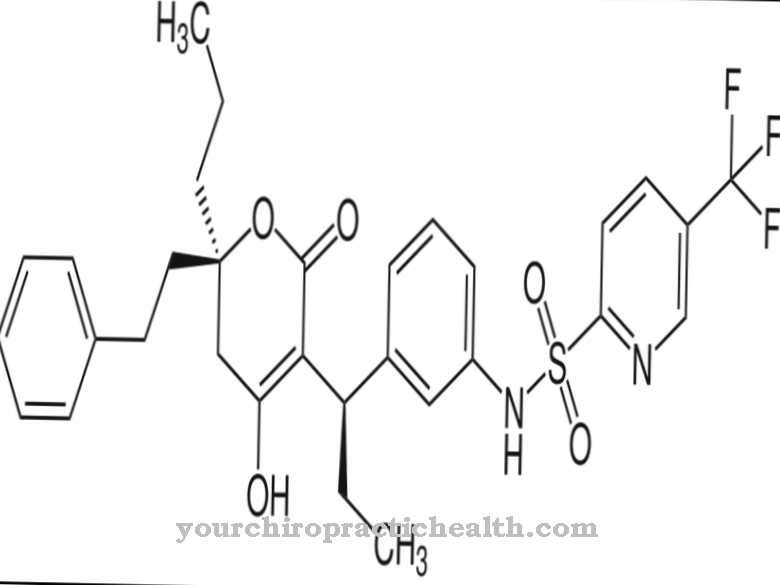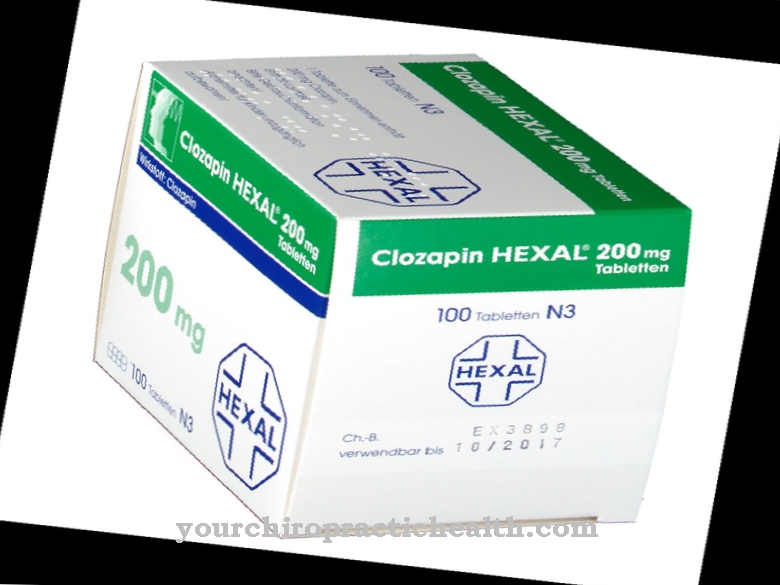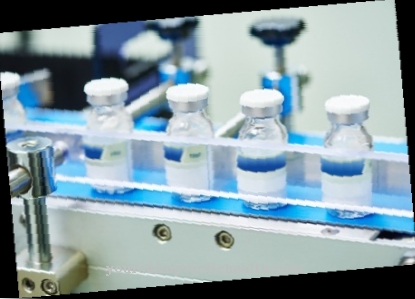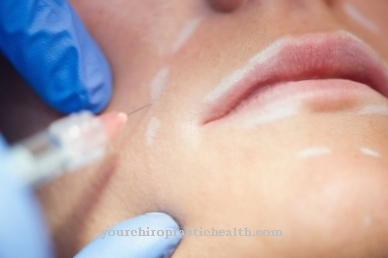The drug Roxithromycin belongs to the macrolide antibiotics. It is used to treat various bacterial infections.
What is Roxithromycin?
Roxithromycin is used as an antibiotic to fight bacterial infections. These primarily include diseases of the upper respiratory tract. Roxithromycin belongs to the group of glycosides and is a macrolide. Macrolide antibiotics are similar in their effect to penicillin and are considered to be well tolerated. For this reason, they are an excellent alternative in the case of a penicillin allergy. Macrolides are also often used in paediatrics.
The development of roxithromycin took place in the 1980s by the German pharmaceutical company Hoechst AG. The active ingredient was considered a further development of the macrolide antibiotic erythromycin. Due to chemical changes, roxithromycin shows fewer interactions and acts more broadly against bacteria than other antibiotics. The macrolide came onto the market in 1987. After the patent protection expired, various generics were released.
Roxithromycin can be obtained from pharmacies, but requires a prescription.
Pharmacological effect on the body and organs
Just like the cells of humans and animals, the cells of bacteria are also endowed with genetic material. This DNA acts as a blueprint for the proteins that carry out numerous important activities within the cell. Roxithromycin has the property of having an inhibitory effect on ribosomes. These are cell complexes in which the DNA is translated into proteins. This process stops the bacteria from growing and multiplying.
There are great differences between the ribosomes of bacteria and humans. This has the advantage that the bacteria can be precisely switched off by the roxithromycin. In addition, the macrolide antibiotic has relatively few side effects.
If the patient has taken the roxithromycin, two thirds of the active ingredient enter the blood through the intestines. After two hours the maximum level of antibiotic in the organism occurs. The skin, the lungs and the urinary tract are particularly sensitive to roxithromycin. In addition, the drug can accumulate in the immune cells. These reach the bacterial infection site via the bloodstream.
Medical application & use for treatment & prevention
Roxithromycin is administered against various bacterial infections as well as against diseases for which streptococci are responsible. These are primarily diseases of the respiratory tract or the ear, nose and throat region such as tonsillitis, inflammation of the pharynx, colds that are associated with mucus, whooping cough, acute or chronic bronchitis and pneumonia.
Roxithromycin can also be administered to treat inflammation of the urinary bladder or vagina if these are caused by types of bacteria such as mycoplasma or chlamydia. The macrolide antibiotic is also suitable for the treatment of soft tissue inflammations or skin infections. These include a. Sore rose, impetigo contagiosa, a follicle inflammation or a pus rash.
Roxithromycin is taken in tablet form. The dosage and duration of treatment depend on the type and extent of the disease. The sensitivity of the germ also plays an important role. The usual dose is 150 milligrams of roxithromycin twice a day. The patient takes this every 12 hours before meals, so that the total daily dose is 300 milligrams. A smaller amount is given to children who weigh less than 40 kilograms and patients with liver problems.
The intake of Roxithromycin is subject to a time limit and usually lasts 5 to 14 days. The treatment must be ended completely. This also applies if the symptoms recede, otherwise the disease threatens to relapse.
Risks & side effects
Unwanted side effects from taking roxithromycin occur in 1 to 10 out of 100 patients. These include headaches, dizziness, nausea, nausea, vomiting, diarrhea, stomach pain as well as swelling and redness on the skin. One in 100 people also has itchy rashes, hypersensitivity reactions, or an increase in white blood cells (white blood cells).
Because roxithromycin also kills bacteria with a positive effect, there is an occasional risk of superinfection with yeasts. This occurs mainly on the mucous membrane of the mouth or vagina. By destroying the bacteria, the fungus has an easier time spreading.
Other rare side effects are swelling of the joints, tongue or larynx, fever, hives, feelings of weakness, breathing problems, tinnitus, biliary obstruction, jaundice, odor disorders, taste disorders, inflammation of the pancreas, cramps or the Stevens-Johnson syndrome in the area of the Possible. In the worst case, there is a risk of life-threatening anaphylactic shock.
Roxithromycin must not be used at all if the patient is hypersensitive to the active ingredient or other macrolide antibiotics. The product is also not suitable for children who weigh less than 40 kilograms.
In addition, care should be taken that roxithromycin is not taken together with dihydroergotamine or ergotamine. This creates the risk of severe narrowing of the blood vessels. Furthermore, the joint administration of the macrolide with astemizole, pimozide, terfenadine and cisapride threatens life-threatening cardiac arrhythmias.
Roxithromycin is also considered unsuitable for people with low levels of magnesium or potassium in the blood. They are also threatened with cardiac arrhythmias.
Careful weighing between the risks and benefits of roxithromycin is required in the case of hepatic impairment. The same applies to the use of the macrolide during pregnancy and breastfeeding. The harmlessness of the agent could not be proven in these phases. Also, roxithromycin can pass into breast milk, which is how the antibiotic is passed on to the baby.












.jpg)



.jpg)










.jpg)
